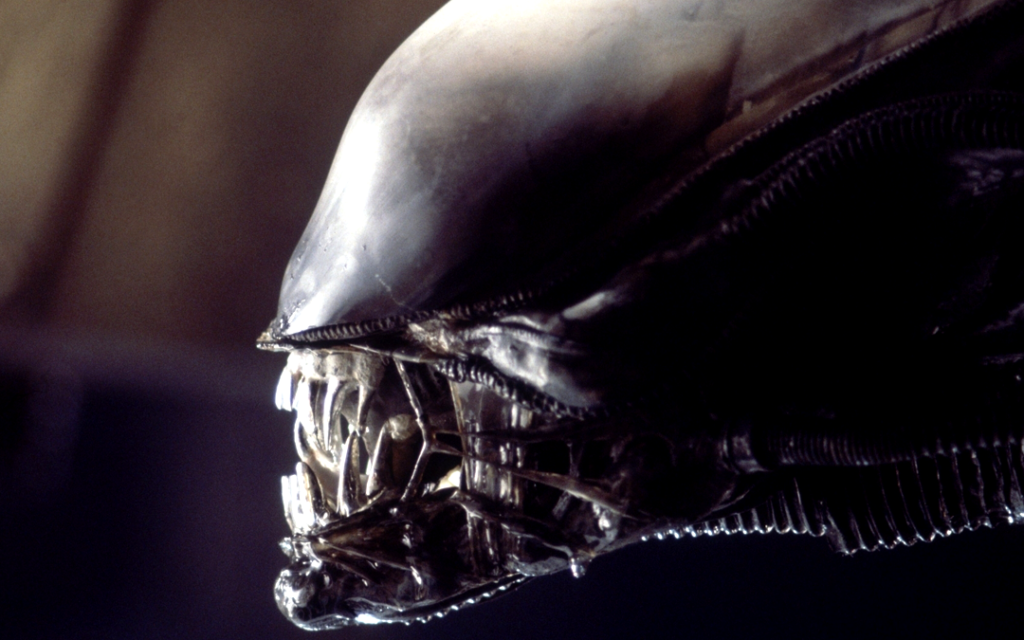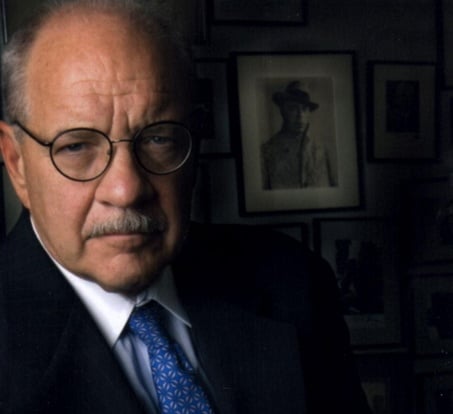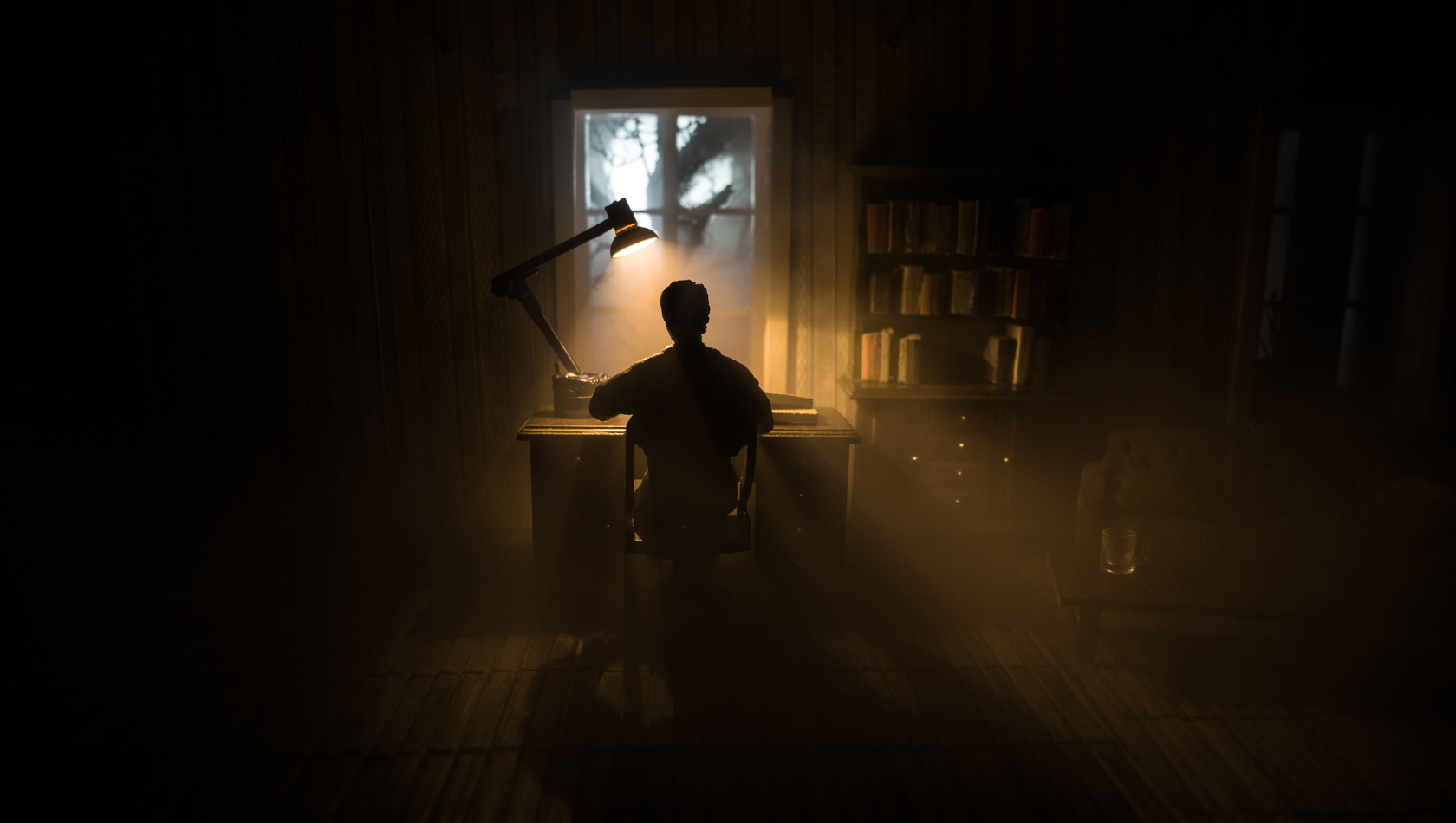Screenwriting Role Models: Colin Higgins
March 21, 2017
A unique voice and iconoclast, Colin Higgins was one of the most important screenwriters of the 1970s and early 1980s.
Born in France but raised in Australia by an Australian mother and American father, Higgins was a young man searching for his place in the world.
Initially he moved to California and attended Stanford University but lost his scholarship after he started focusing primarily on theatre. He relocated to New York City in the hopes of being an actor but, after being discouraged, he again switched gears and enlisted in the U.S. Army. He was stationed in Germany where he wrote for an army newspaper. After six months, he was discharged and returned to Stanford: But this time, he was studying creative writing.After much searching, Higgins had found his calling.
He was a writer.
Years later, Higgins transferred to UCLA and earned a Master of Fine Arts degree in screenwriting. His M.F.A. thesis was an early draft of Harold and Maude. A dark comedy about a suicidal young man getting romantically involved with a vivacious elderly woman, the script was a major statement. After graduation, Higgins went to work for producer Ed Lewis and his wife: chauffeuring, cleaning their pool, and doing other odd jobs. Higgins slipped the script first to the wife and then Lewis.
They were both impressed by the work—Lewis eventually showing it to execs at Paramount. In the early 1970s, counter-culture films such as Easy Rider were all the rage, and studios were taking chances on more subversive material. It was in this climate Harold and Maude made the rounds at Paramount. The studio’s Head of Production, Robert Evans, took the project under his wing. Higgins wanted to direct his script, but he had limited experience. As such, Paramount made him shoot a director’s test. The studio wasn’t significantly impressed with the results and hired acclaimed director Hal Ashby. Higgins and Ashby got along and it led to a healthy collaboration; both men were happy with the finished film.
In 1971, Harold and Maude was released to mixed reviews and less-than-stellar box office returns. Over time, however, the film developed a cult following and it eventually earned a profit in 1983. Today it is widely considered one of the greatest screenplays and films ever made.
With Harold and Maude not being successful upon release, Higgins’ plans of being an auteur were placed on the back burner. He started writing plays and doing assignment work (the 1973 television movie The Devil’s Daughter being his sole industry credit during this period).
He also wrote another spec script: Silver Streak.
More mainstream than Harold and Maude, Silver Streak was a Hitchcock-ian thriller set on a train, but it did feature Higgins’ trademark cleverness and subversive brand of humor. The script went wide and numerous studios were interested. Twentieth Century Fox ended up buying the screenplay for a then-record of $400,000. Higgins was suddenly one of the hottest screenwriters in Hollywood, and he was about to get even hotter. Released in 1976, directed by Arthur Hiller and starring Gene Wilder, Silver Streak was a box-office smash.
Higgins now had the clout to direct.
As such, he chose to direct his next screenplay, originally titled Killing Lydia, but later changed to Foul Play. Continuing with the Hitchcock-ian style he established in Silver Streak, Higgins was proving to be a master of tone: shifting from sharp comedy to genuine thrills without missing a beat. Released in 1978 and starring Goldie Hawn and Chevy Chase, Foul Play was another hit and solidified Higgins’ career as a writer-director.
Higgins followed Foul Play with 1980’s 9 to 5. A female ensemble comedy starring Jane Fonda, Lily Tomlin and Dolly Parton, 9 to 5 was yet another hit and made a strong feminist statement.
Tragically, Higgins died in 1988 at the age of 47.
He left behind a legacy of quality writing and films that are just as entertaining today as they were in the 1970s and 1980s. His work is both “of its time” and timeless, reflecting Higgins’ love of cinema while tackling issues such as gender, nonconformity and social alienation.
Written by: Edwin Cannistraci
Edwin Cannistraci is a professional screenwriter. His comedy specs PIERRE PIERRE and O’GUNN both sold with more than one A-list actor and director attached. In addition, he’s successfully pitched feature scripts, TV pilots and has landed various assignment jobs for Universal, Warner Bros, Paramount and Disney.



